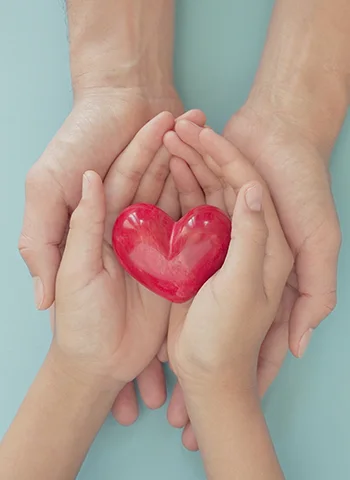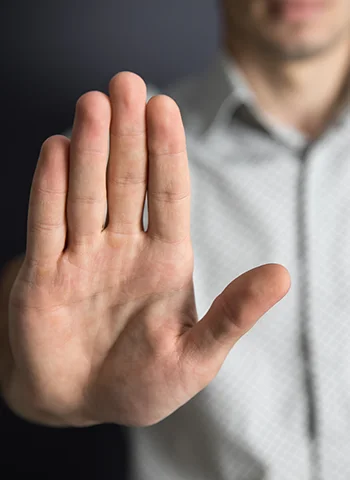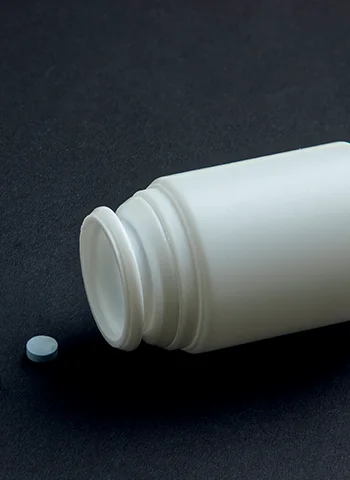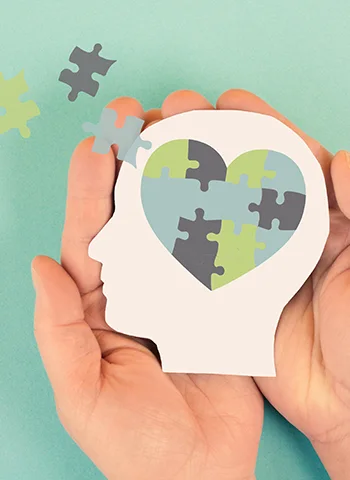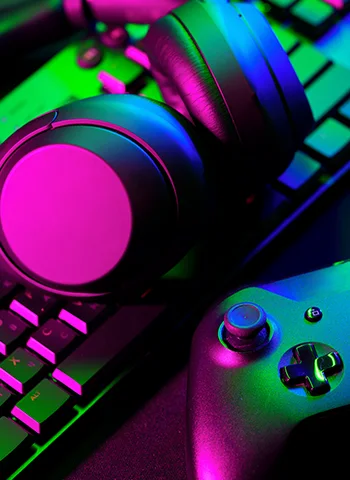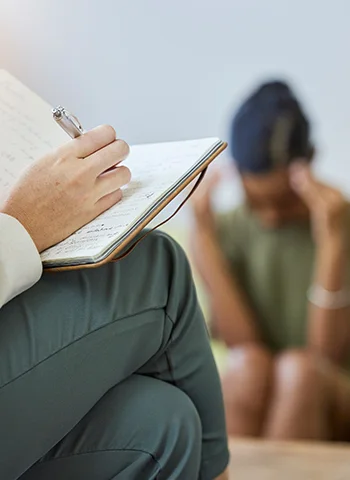Gabapentin Addiction Treatment
Gabapentin is a prescription medicine used to treat nerve pain and seizures, but some people misuse it and become addicted. If you or someone you know is struggling with gabapentin addiction, effective treatment options are available to help you regain control and improve your quality of life. Many people do not realise how addictive gabapentin can be until they find it difficult to stop using it on their own.
Treatment for gabapentin addiction often includes medical support to manage withdrawal symptoms and ongoing therapy to address the root causes of misuse. Understanding your choices for gabapentin addiction treatment can be the first step towards recovery and a healthier future.

Take the First Step Towards Recovery
Steps Together offers personalised support and proven treatments, providing the care, guidance and encouragement you need to move forward with confidence and build a healthier future.
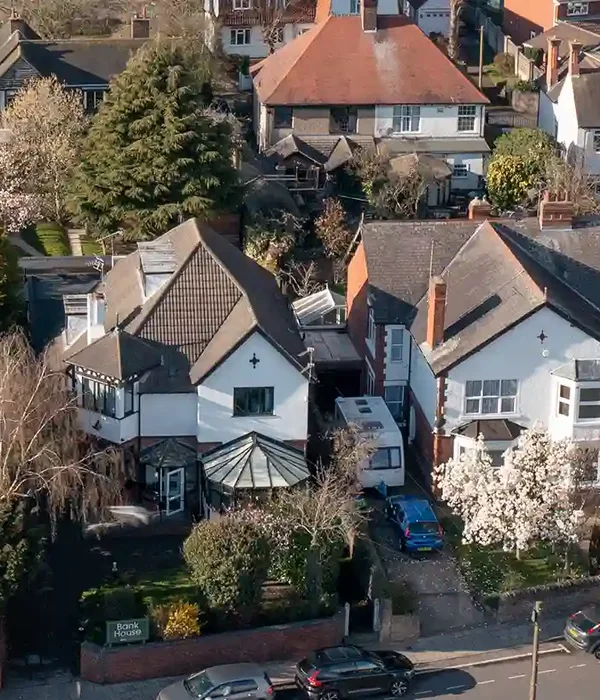
Understanding Gabapentin Addiction
Gabapentin is often used for medical reasons, but it can also cause problems if misused. Knowing how gabapentin works, when it is used for addiction, and why it can be misused helps you make better choices and lowers your risks. Doctors also prescribe it off-label for anxiety, restless legs, and hot flushes.
Gabapentin works by changing how nerves talk to your brain. When taken as prescribed, gabapentin helps many people manage chronic pain and seizures. However, misuse can lead to dependence and unwanted side effects, especially when mixed with other drugs or alcohol.
Gabapentin in Addiction Treatment
Gabapentin is sometimes used as part of drug and alcohol addiction treatment, especially for alcohol and opioid withdrawal symptoms. The use of gabapentin can help reduce anxiety, improve sleep, and lessen cravings during detox.
While gabapentin has shown benefits in treating some substance use disorders, it is not risk-free. Some people may start to rely on it, especially those with a history of substance abuse. It is important that a doctor closely monitors you when using gabapentin this way.


Mechanisms of Gabapentin Misuse
Gabapentin misuse means taking the drug in ways other than prescribed or using it without a prescription. Some people take larger doses to feel relaxed or high, or combine it with other substances to boost effects. These behaviours raise the danger of side effects such as dizziness, sleepiness, and confusion.
An addiction to gabapentin can lead to seeking extra prescriptions, running out of medication early, and lying about symptoms. Long-term misuse can also lead to tolerance or withdrawal symptoms when you try to stop.
Gabapentin Addiction Treatment Options
Overcoming gabapentin addiction involves several structured options and support methods. Different approaches target withdrawal management, mental health, and long-term relapse prevention.
Inpatient Programmes
An inpatient treatment programme provides a safe place for you to detox and begin recovery. You will stay at a treatment centre with 24-hour medical and emotional support. Staff can help manage gabapentin withdrawal, which sometimes includes anxiety, insomnia, and other symptoms.
Inside a recovery centre, your care team will tailor your programme to your needs. This might include monitored medication, therapy sessions, and activities designed for healing. These settings often use a structured daily schedule to lower stress and help you focus.
Psychological Therapies and Counselling
Therapy is a key part of gabapentin addiction recovery. You might take part in individual counselling where you target thinking patterns and behaviours linked to drug use. Cognitive behavioural therapy (CBT) and motivational interviewing are common techniques.
Group therapy allows you to share experiences and get support from others who are working towards sobriety. Family therapy is also important for long-term recovery, helping your loved ones understand your situation and learn how to support your progress.
Outpatient Rehab
Outpatient rehab is a flexible choice if you cannot leave your daily responsibilities. You will visit a clinic or treatment centre for scheduled sessions, usually several hours per week, but live at home the rest of the time.
This type of treatment plan gives you access to professional support while you continue work, school, or family commitments. Outpatient rehab usually includes one-on-one counselling, group sessions, and educational workshops on relapse prevention and healthy living skills.
Support for Co-Occurring Disorders
Many people struggling with addiction also face mental health issues like depression, anxiety, or trauma. This is called a co-occurring or dual diagnosis. Treating both the addiction and mental health problems at the same time is key to success.
Integrated addiction treatment programmes offer psychiatric support, therapy, and sometimes medication for your mental health while you are in addiction treatment. Coordinating these services reduces your risk of relapse and improves recovery outcomes.
Other prescription drug addictions we treat
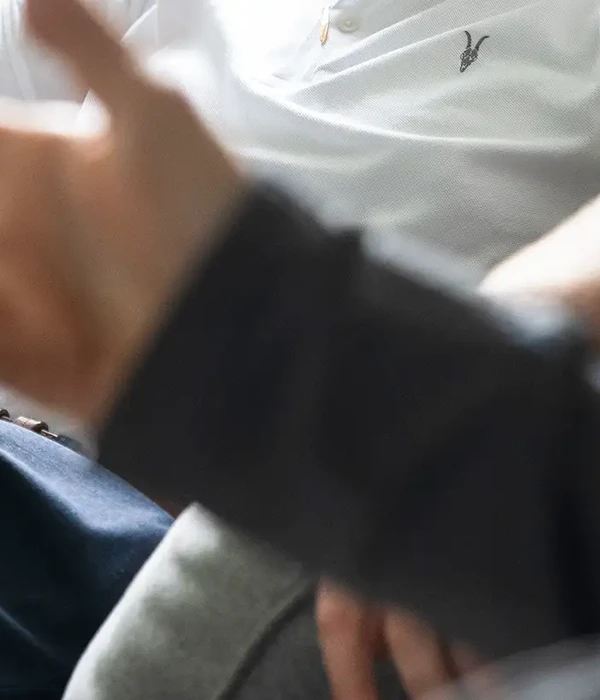
Challenges and Considerations in Gabapentin Addiction Treatment
Treating gabapentin addiction is complex. Your care plan may need to address more than gabapentin misuse, especially when other substances or co-occurring disorders are involved. Many people struggling with gabapentin addiction also use other substances, especially opioids, alcohol, or sedatives.
When you use multiple substances, risks go up, and treatment becomes more challenging. Managing multiple substance addictions requires careful assessment from medical professionals. Detox and therapy must address all substances used, not only gabapentin. You may need a tailored care plan.
Risks of Relapse
Relapse is a concern during and after gabapentin addiction treatment, especially if the drug was used with other substances. Strong cravings and withdrawal symptoms, like anxiety, insomnia, and mood swings, can make it difficult to stay sober. Triggers such as stress, emotional distress, or returning to environments associated with past use can also increase the risk of relapse.
To maintain recovery, continued support is essential. This may include going to individual therapy, joining a support group, relapse prevention planning, and regularly checking in with healthcare providers. Engaging in support groups and building healthy routines can also provide long-term stability and reduce the risk of relapse.

Gabapentin Withdrawal and Detoxification
If you stop taking gabapentin suddenly, you may experience both physical and mental symptoms. Common gabapentin withdrawal symptoms include anxiety, insomnia, nausea, sweating, and headaches. In some people, withdrawal can be more severe, and there is a risk of seizures.
Managing gabapentin withdrawal involves supportive care, hydration, and emotional support are essential. Being under professional guidance can help ensure a safer, more comfortable withdrawal process.
Medical detox is the safest way to stop using gabapentin, especially if you have been taking it for a long time. In a medical setting, doctors usually recommend a gradual dose reduction instead of stopping suddenly. This process helps lower the risk of severe withdrawal reactions and seizures.
Signs and Symptoms of Gabapentin Addiction
Gabapentin addiction can affect your actions, body, and mind in noticeable ways. Paying attention to the details can help you recognise when use has become abuse and may require treatment.
Behavioural Indicators
You might notice changes in your daily habits and choices. You may go to several doctors to get more prescriptions (doctor shopping), or even exaggerate or make up symptoms so you are given larger amounts of gabapentin. Some people take gabapentin more often or in higher doses than instructed.
Behaviours associated with gabapentin addiction include hiding use, missing work or school, and making excuses to use. You may start avoiding friends and family or lose interest in hobbies. When these behaviours start interfering with your responsibilities, this becomes a strong indicator of addiction.
Psychological Effects
Gabapentin abuse can cause important mental health changes. You may start to feel increased anxiety, mood swings, depression, or irritability. Some people say they have trouble focusing or experience confusion. Memory problems and feeling “out of it” can also develop over time.
A strong craving for gabapentin, or feeling like you need it to feel normal, is a major sign of addiction. If you notice changes in your emotions or thoughts along with the physical and behavioural signs, it could be linked to gabapentin misuse. Honest conversations with loved ones or professionals are key if you see these changes.
Physical Manifestations
Your body may show clear signs of gabapentin addiction. You might experience dizziness, tiredness, or unsteady movements. Some people report slurred speech, trouble with balance, or slowed breathing, especially if gabapentin is taken with other medicines or alcohol.
Withdrawal symptoms are also common if you try to cut back or stop suddenly. These can include sweating, headaches, nausea, and problems sleeping, such as insomnia. You may also feel restless or get shaky. Over time, continued misuse can lead to more serious health risks.
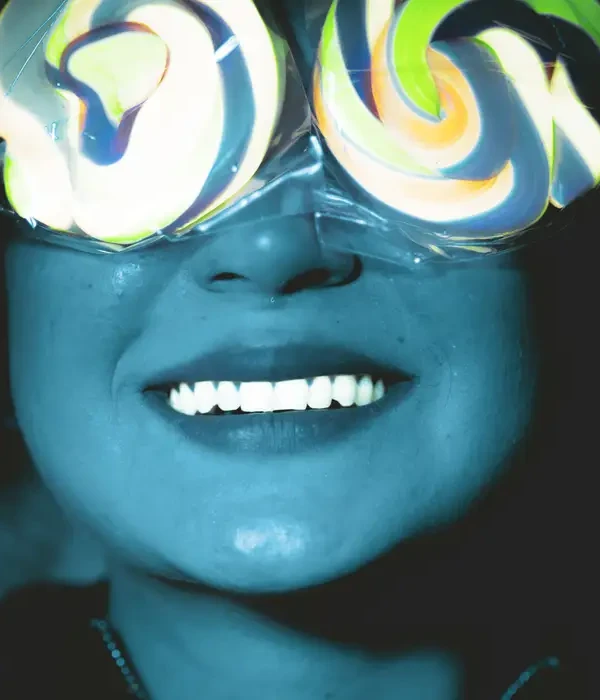
Overcome Gabapentin Misuse and Addiction Today
Gabapentin is sometimes used during recovery for conditions like nerve pain or seizures, but it also has the potential for misuse, which can lead to dependence or addiction. If you or a loved one is struggling with gabapentin use, Steps Together offers gabapentin addiction treatment designed to help you recover.
Our professional team provides medical detox, therapy, and ongoing support to help you safely overcome prescription drug misuse. With the right support, you can retake control and rebuild your life to achieve lasting recovery from gabapentin addiction.
Frequently Asked Questions
What are the signs of dependency on gabapentin?
You may notice that you need higher doses to feel the same effects or experience anxiety, irritability, or mood swings when not taking gabapentin. Other signs include secretive use, difficulty stopping, and neglecting daily activities or responsibilities.
Can withdrawal from gabapentin be managed at home, or is medical supervision required?
Medical supervision is strongly advised when stopping gabapentin, especially for moderate to severe cases. Withdrawal can cause symptoms like anxiety, insomnia, and in some cases, seizures. Medical teams can monitor your physical and mental health, making withdrawal safer and more comfortable for you.
Are there alternative medications to gabapentin that come with a lower risk of addiction?
Other medications may be suitable depending on your diagnosis and medical history. For nerve pain or seizures, your doctor might suggest drugs with a lower risk of misuse, such as certain antidepressants or non-addictive anticonvulsants. Always discuss any changes in medication with your healthcare provider.
How does professional therapy support recovery from gabapentin misuse?
Therapists provide coping skills and teach you how to handle triggers that could lead to misuse. Professional therapy also helps address mental health concerns that may contribute to addiction. Group and individual sessions offer support and education to build a strong recovery foundation.
What are the potential side effects of long-term gabapentin use?
Long-term use may cause side effects such as dizziness, drowsiness, weight gain, mood changes, and nausea. Memory loss, anxiety, or panic attacks can also occur in some cases, especially if used with other substances. If you notice these symptoms, consult a healthcare provider.
What strategies are effective for preventing relapse in individuals recovering from gabapentin abuse?
Relapse prevention may include attending support groups, practising healthy stress management techniques, and maintaining regular therapy sessions. Staying connected to a recovery community and setting clear daily routines are also helpful.
